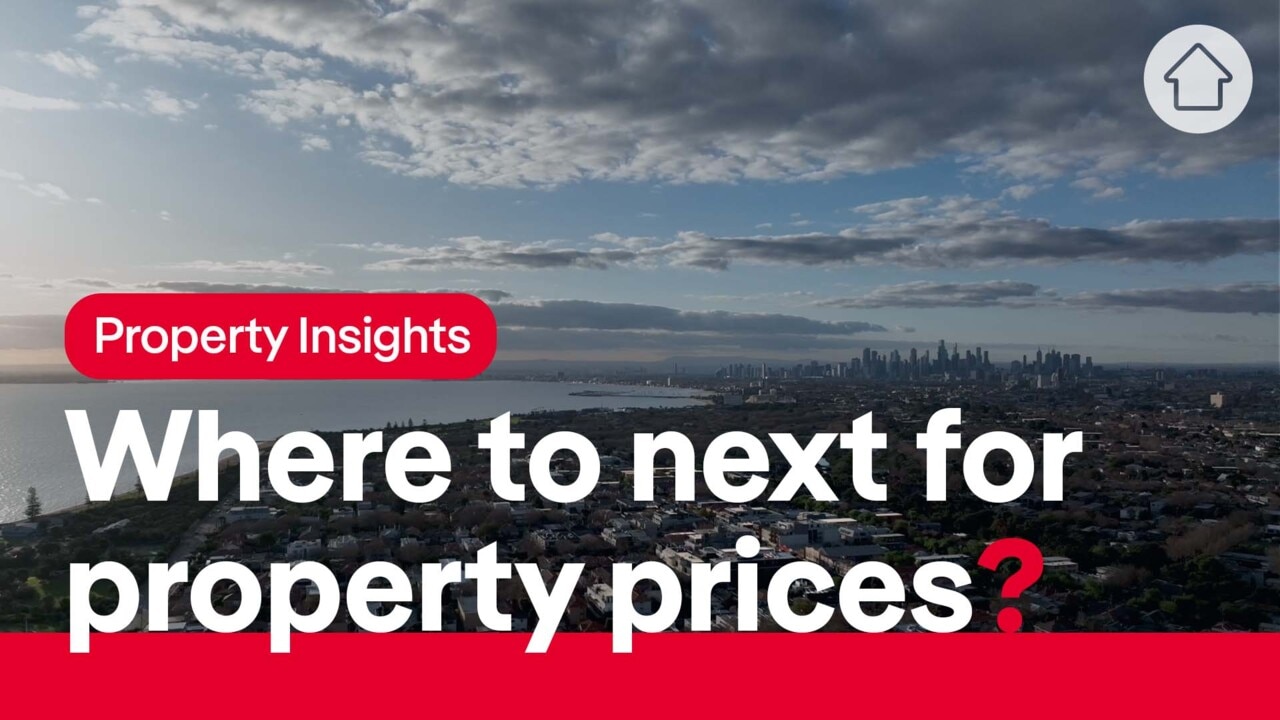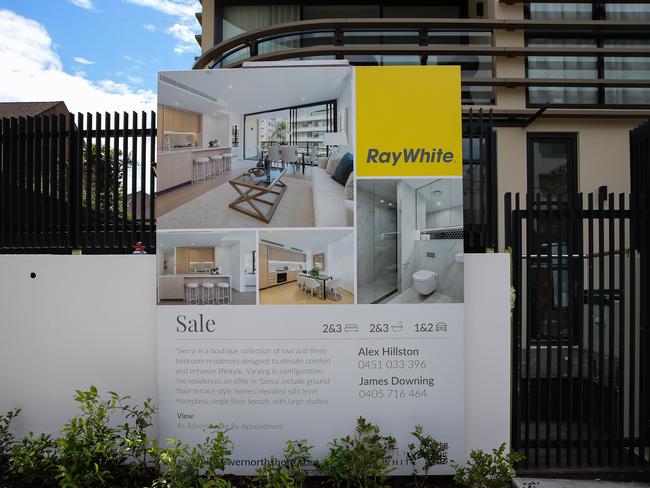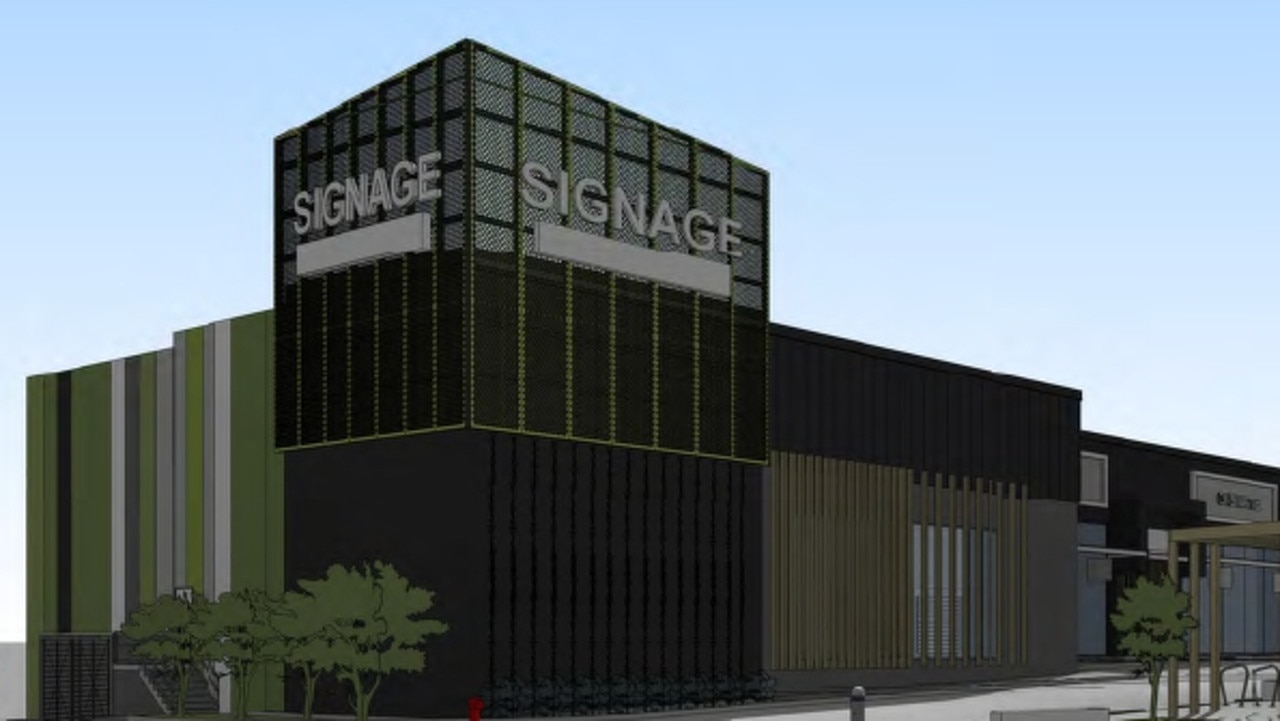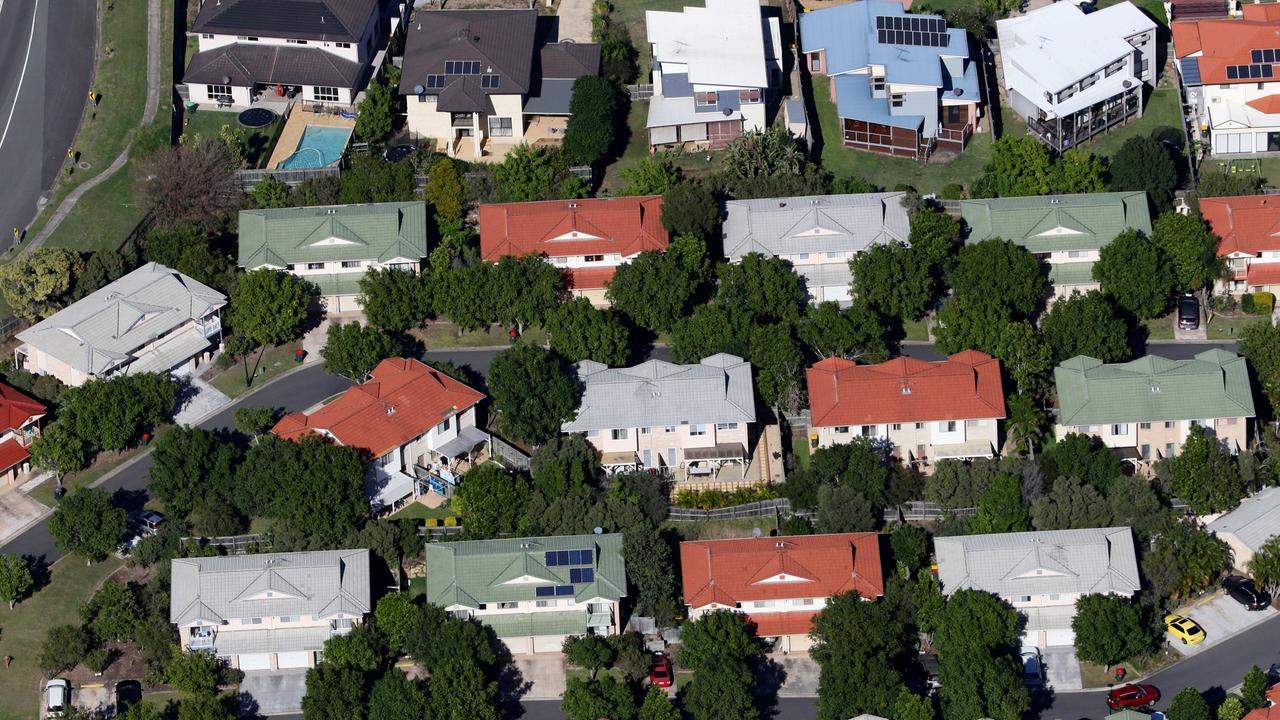Top bank’s $333bn warning to homeowners
One of the nation’s biggest banks has taken the proactive step of warning mortgage borrowers of the rough ride expected over the next 12 months.

Property
Don't miss out on the headlines from Property. Followed categories will be added to My News.
The National Australia Bank has emailed its customers in its $333bn home loan book to advise that its assist line is available for those facing repayment hardships.
It especially pinpointed the 8600 mortgage borrowers it considered most at risk from fast-rising interest rates.
Only 14 have so far requested help, The Australian Business Review reported.
Presumably these borrowers are coming off 2 per cent fixed rate mortgages taken out from August 2019, to now face variable rates of 6.24 per cent. To date, the NAB reports its proactive engagement with customers rolling off fixed loans has seen an 85 per cent retention rate.
Despite the numbers out of the NAB, Roy Morgan Research maintains the number of Australians struggling to make home loan repayments sits at 1.43 million borrowers, surging 627,000 over the past year.

The NAB had advised it is willing to lessen its strict stress-testing standards for borrowers seeking to refinance. The serviceability buffer is an Australian Prudential Regulatory Authority-enforced standard requiring lenders to review the ability of borrowers to repay at 3 per cent over the market rate.
It technically means assessing whether borrowers can repay at 9.24 per cent.
The NAB changes, which will apply from July 21, will be for borrowers who are considered a good credit risk.
The Commonwealth Bank and Westpac have lowered the stress test for eligible borrowers to 1 per cent. There has been no shift at the ANZ.
The big shift from fixed to variable rate loans has prompted the consensus among commentators that it will shortly lead to significant increases in hardship.
The first sign of higher arrears has come, not unexpectedly from the non-bank lenders, rather than at the big four banks.
Pepper Money, the ASX-listed lender, reported its arrears were up to 4.5 per cent in May from 3.4 per cent in January.
Of the majors, NAB owner-occupier arrears rank the highest at 1.2 per cent.
Any increase in delinquencies will depend on keeping the low jobless rate.
As long as borrowers retain their regular income stream, and are even able to add a second income, they are likely to pay down their mortgages before anything else, and avoid mortgagee listings.
But borrowers will increasingly spend just on essentials, which could trigger the prospect of a recession in the economy, accompanied by rising lay-offs.
Back in March, Finder’s cost of living report suggested 78 per cent of Australians had already reduced their spending to cope with the cost of living crunch, inflation, along with rate rises that had already added $12,000 to the annual cost of servicing a $600,000 mortgage.
The loan market expects the RBA will increase interest rates for the 13th time in 15 months in August to 4.35 per cent.





